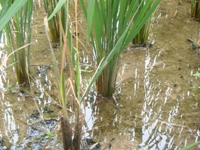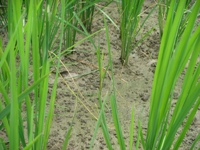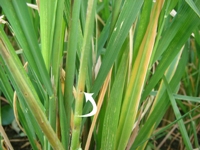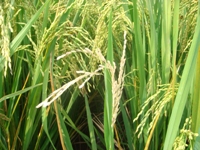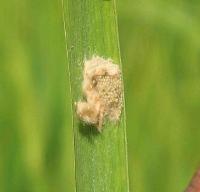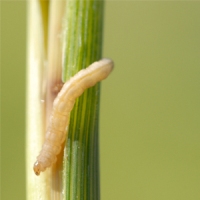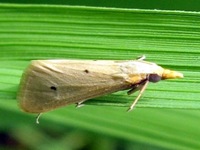| Management Strategies : |
|
Cultural Methods:
- Field should be necessarily be scouted during the vulnerable crop growth stages for early detection of dead hearts and white ear.
- Removal and proper disposal of stubbles will keep the borer population low in next crop.
- Grow resistant varieties like Ratna, TKM 6, IR 20 , IR 40, IR 56, ADT 47, ADT 48, ASD 20, IR 36, ADT 44, PY 4, ADT 46, Madhu, Kanchana, Swarnapraba, karthika, Deepthi and Tellahamsa.
- Clip the tip of the seedlings before transplanting to eliminate egg masses.
- Collect and destroy the egg masses.
- Avoid close planting and continuous water stagnation at early stages.
- Pull out and destroy the affected tillers.
- Harvest the crop up to the ground level and disturb the stubbles with plough immediately after the harvest to keep the borer population low in next crop.
|
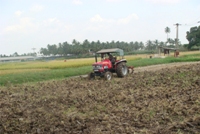 |
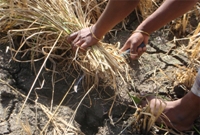 |
| Disturb stubbles after harvest |
Harvest the Crop to Ground Level |
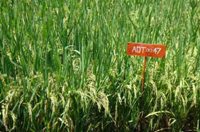 |
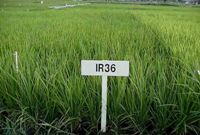 |
| Use Resistant Varieties - ADT 47 |
Use Resistant Varieties - IR 36 |
|
Chemical Methods:
- ETL : 2 egg masses/m2 (or) 10% dead heart at vegetative stage (or) 2% White ear at Flowering stage.
- When natural enemies of stem borers are present, application of chemical measures can be delayed or dispensed with.
- The newly hatched borer larvae must be flit with 2 rounds of quinalphos or phosphomidon at 1000ml/ha at 7 days interval.
- Spray any one of the following based on ETLs :
Quinalphos 25 EC 1000 ml/ha (or) Phosphamidon 40 SL 600 ml/ha (or) Profenophos 50 EC 1000 ml/ha.
|
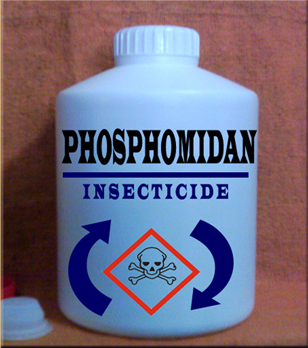 |
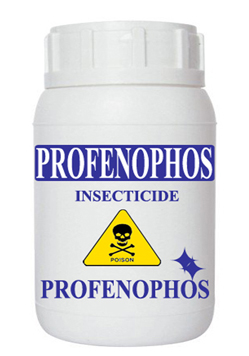 |
| Spray Phosphomidon |
Spray Profenophos |
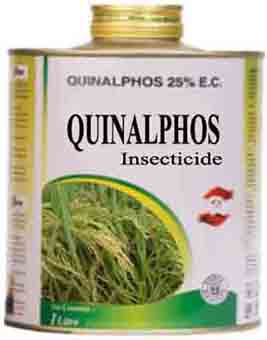 |
 |
| Spray Quinalphos |
Spraying of pesticide |
|
Biological Methods:
- Release of egg parasitoid Trichogramma japonicum thrice at weekly interval starting 28 days after transplanting @ 5 cc (1 lakh egg parasitoids)/ha/release. followed by the release of Trichogramma japonicum at 35 and 42 DAT.
- Apply Bacillus thuringiensis var kurstaki at 2.5 kg/ha to reduce the oviposition by the stem borer.
- Release the egg cards in field during morning hours. Tie the egg cards under the leaf surface facing outside.
- Avoid spraying of chemicals on three days before and upto to seven days after field release of egg cards.
|
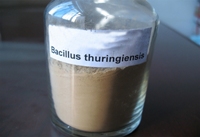 |
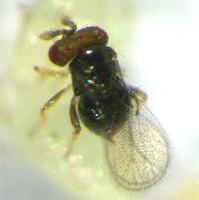 |
| Apply Bacillus thuringiensis |
Egg parasitoid |
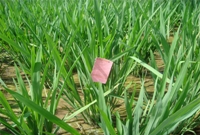 |
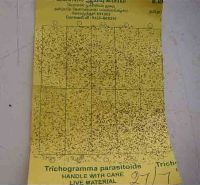 |
| Trichogramma egg card |
Trichogramma japonicum egg card |
|
Natural enemies and predators:
Natural enemies :
- Tetrastichus schoenobii – Wasp
- Telomomous rowani – Wasp
- Stenobracon nicevillei – Braconidae
- Cotesia flavipes – Braconidae
- Agriocnema pygmae - Damselfly
Predators :
- Lycosa pseudoannulata – Spider predator
- Metioche vittaticollis - Cricket
|
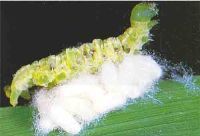 |
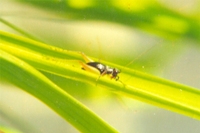 |
| Natural enemy - Cotesia flavipes |
Natural enemy - Metioche vittaticollis |
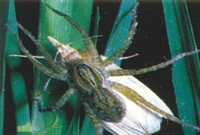 |
|
| Predator- Lycosa pseudoannulata |
|
|
Trap Methods:
- Set up one light trap/5 ha to attract and kill the moths.
- Set up bird perches to encourage bird predators.
- Use sex pheromone trap for the control of rice stem borer.
- Monitor through pheromone traps (@ 10 to 12/ha) for timely control measures. Change the lure at 15-20 days intervals.
|
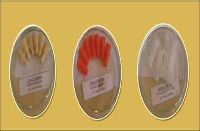 |
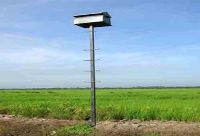 |
| Use Pheromone trap |
Set up bird perches |
| Top |
